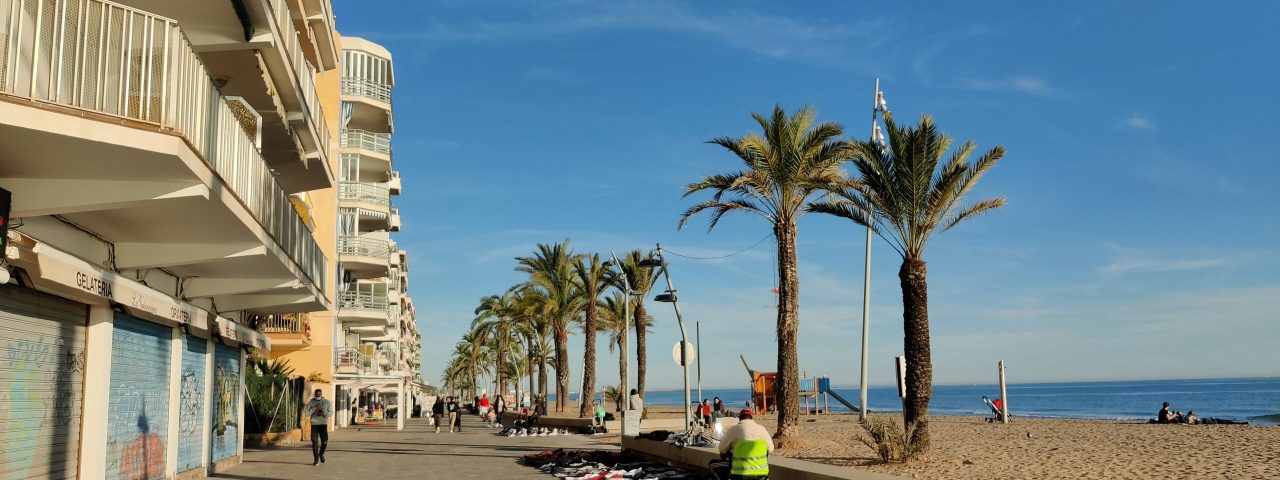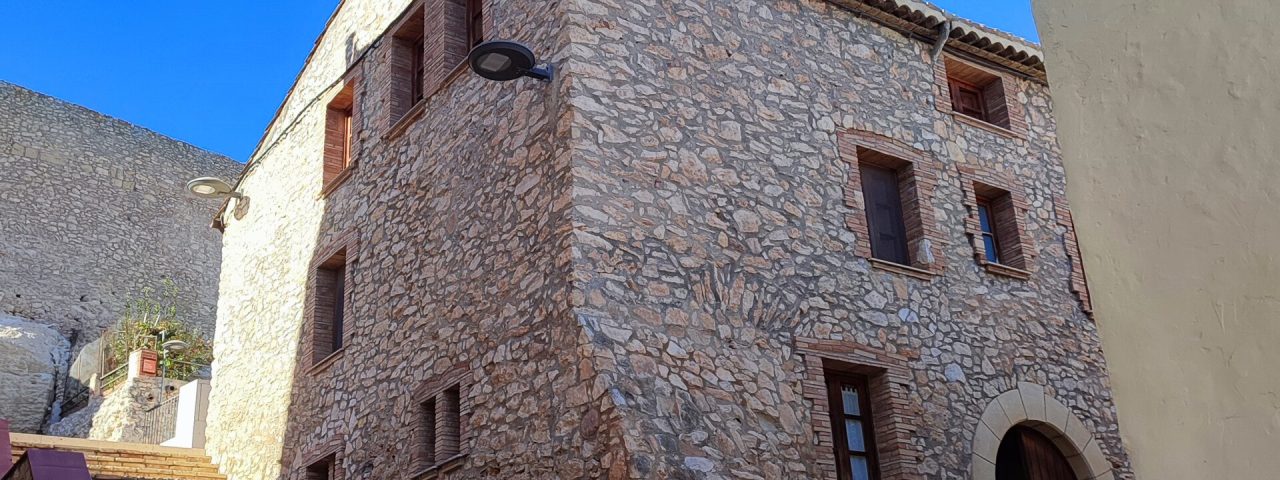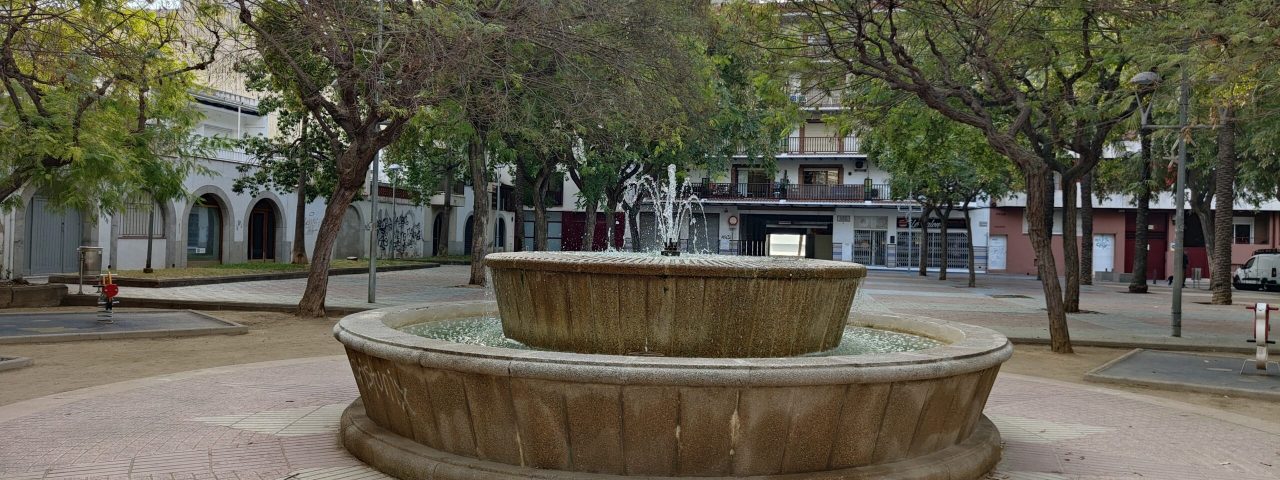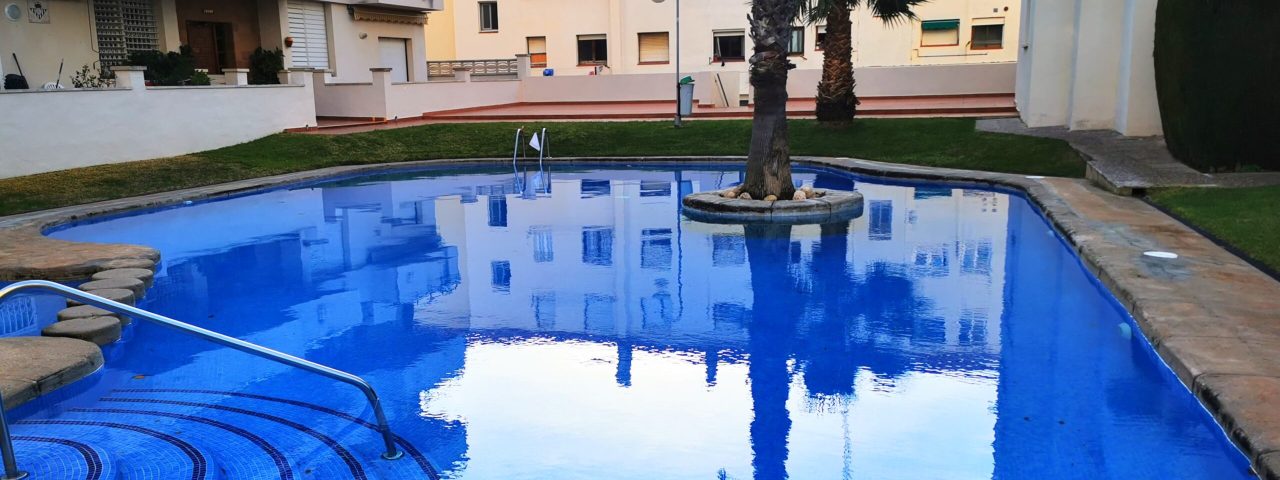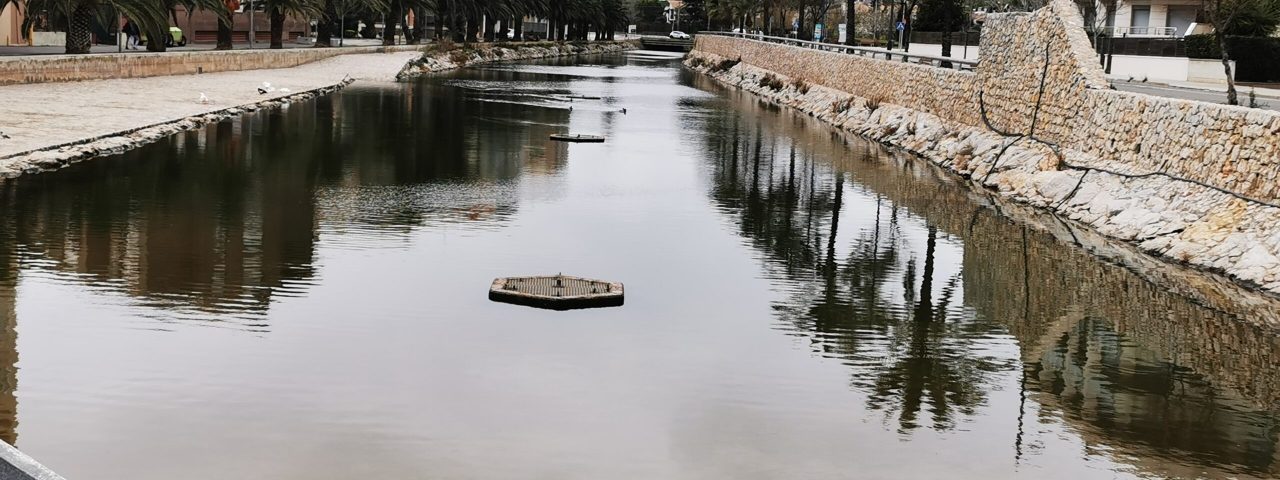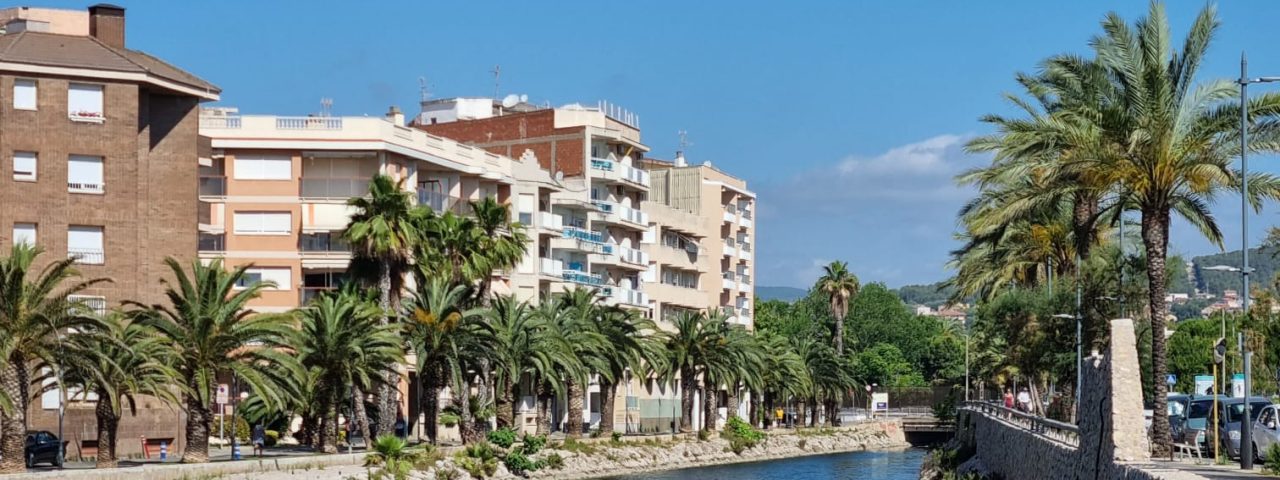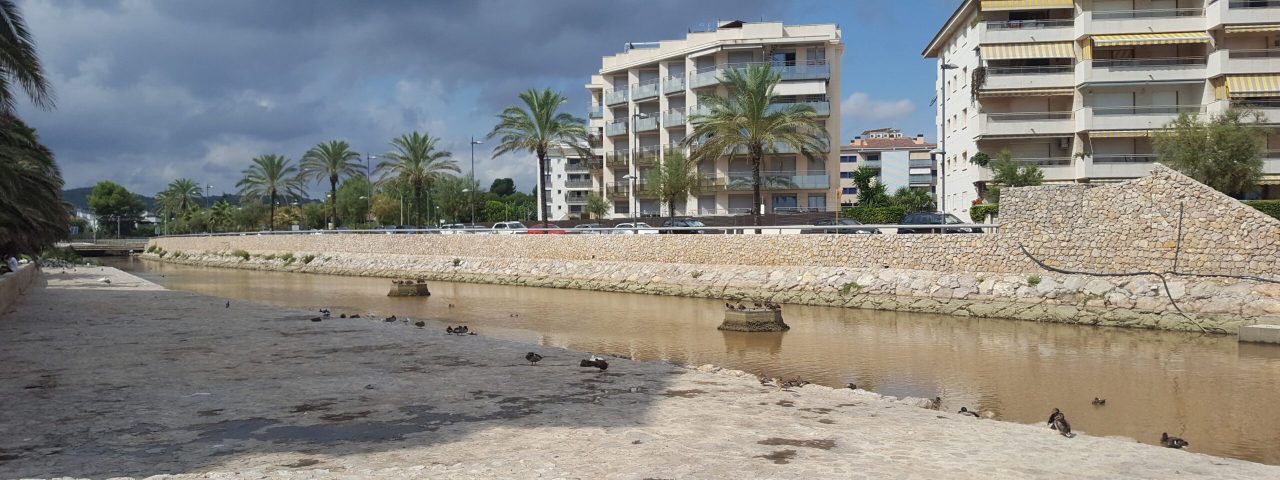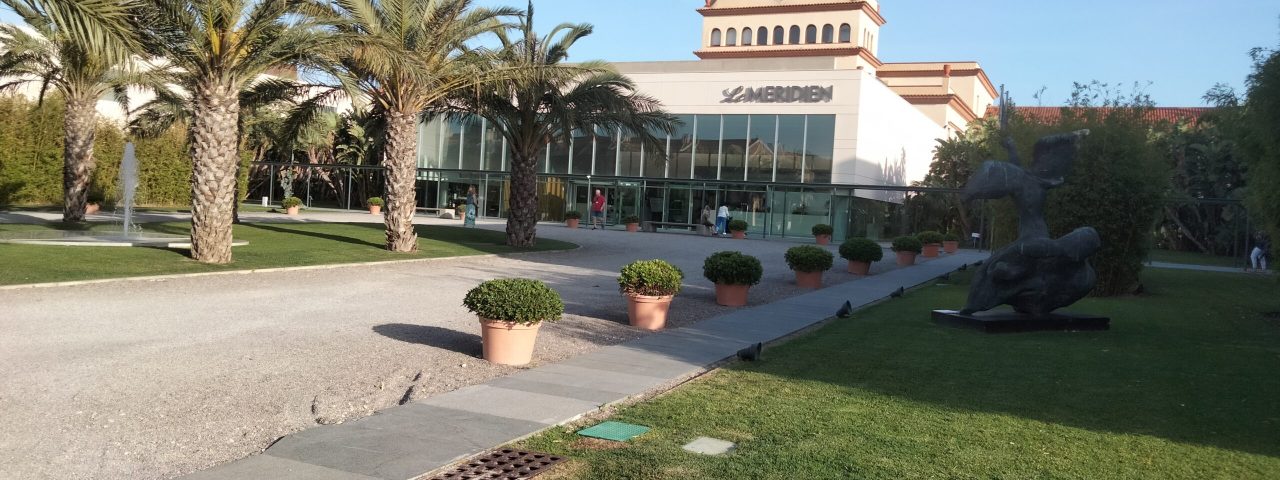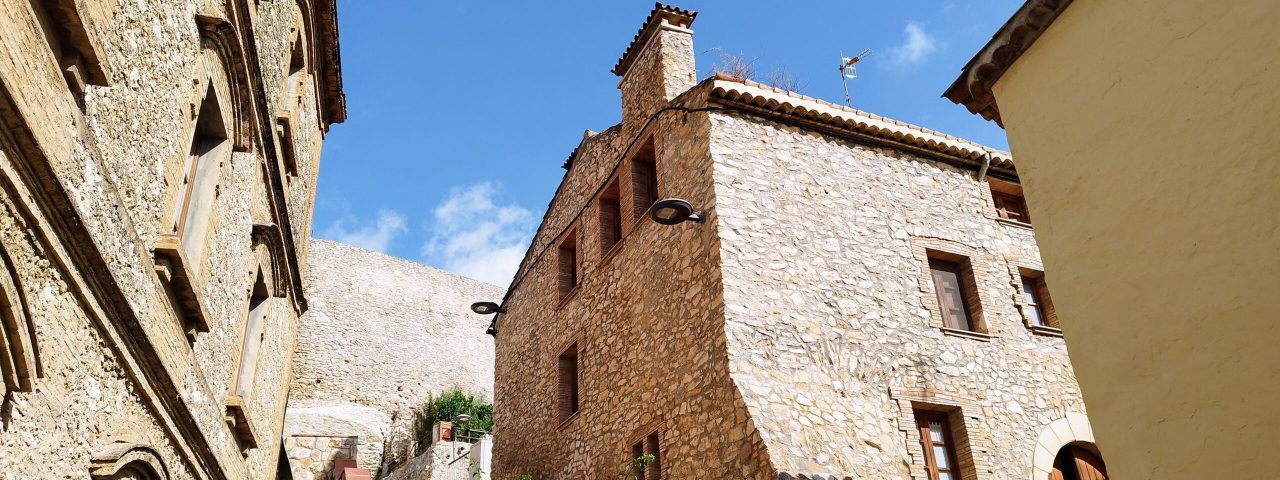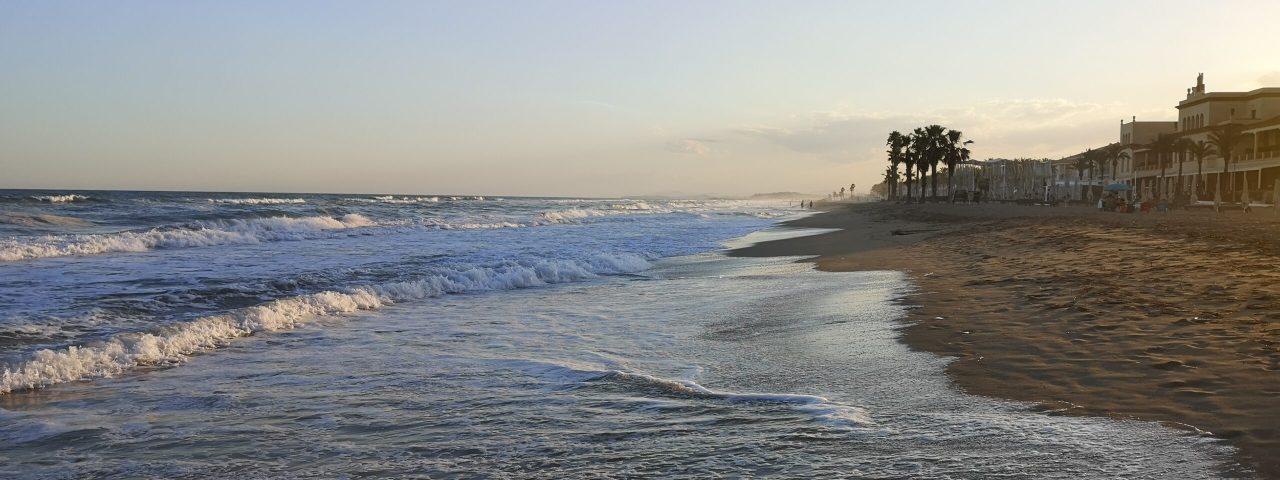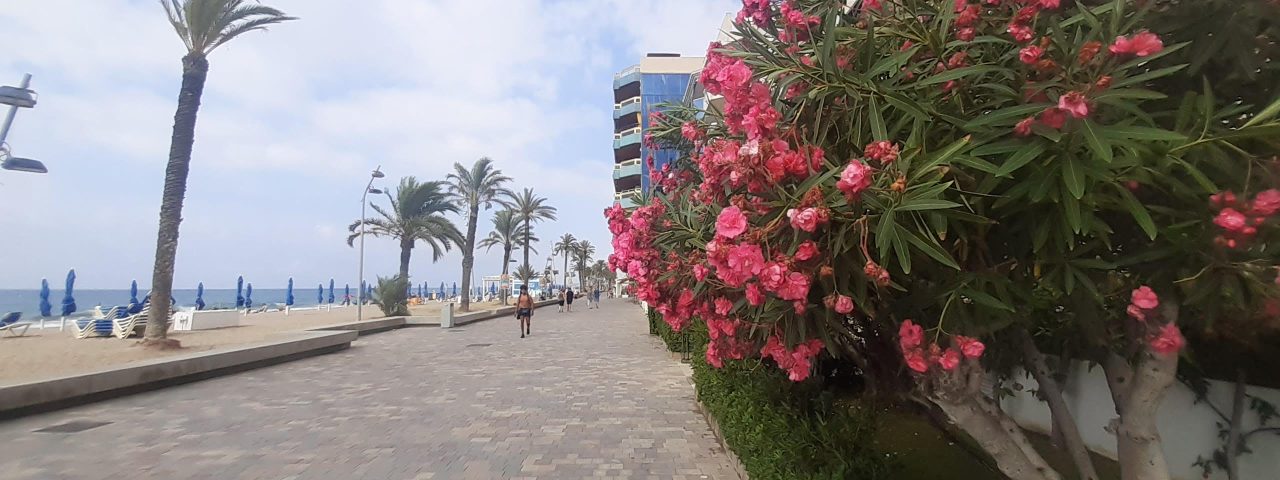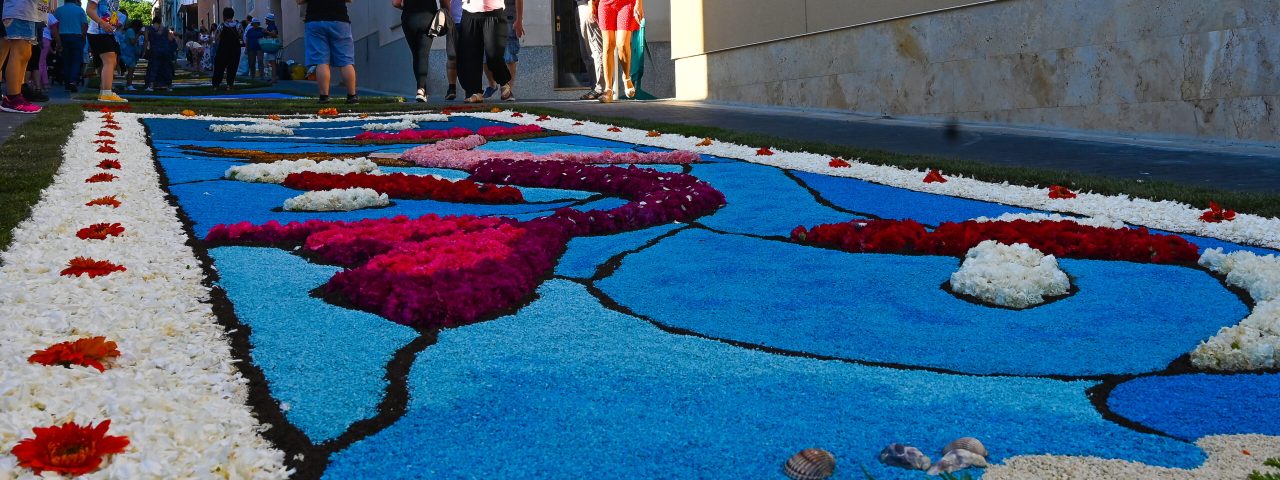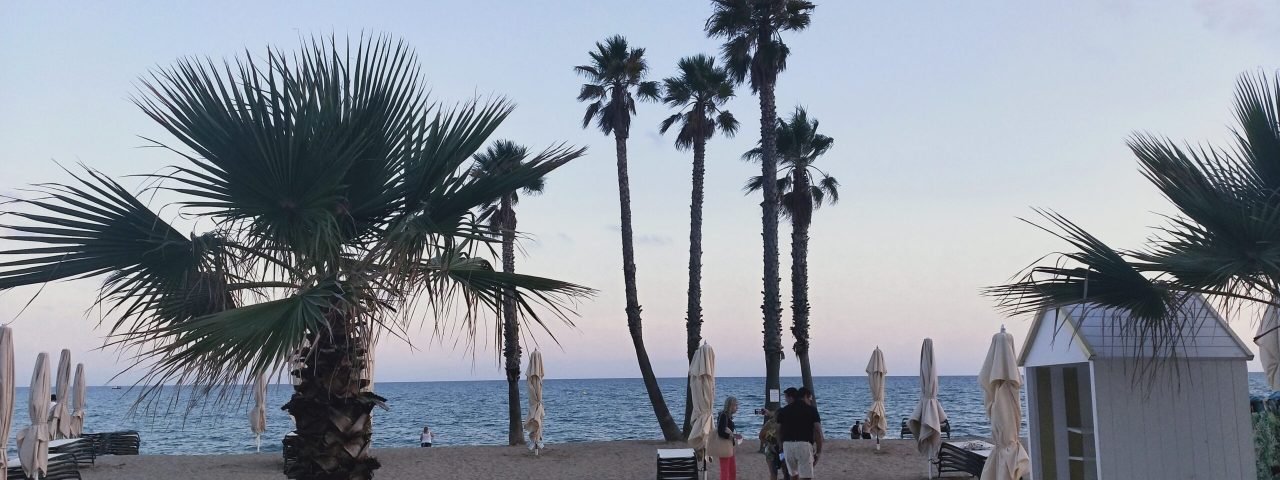Calafell has a rich historical heritage that stretches back over 2,500 years, with notable influences from the Iberians, Romans, and medieval cultures. One of the most significant historical landmarks in the city is the Iberian Citadel of Calafell, an archaeological site that offers a glimpse into the life of the Iberians, the region’s earliest inhabitants. Later, during Roman times, Calafell became a notable part of the Roman Empire’s road network, as it was located along the Via Augusta, a major route connecting Rome to the Iberian Peninsula.
The city also has a deep-rooted connection to Christian and medieval history, evidenced by the Romanesque-style Church of Santa Creu, which dates back to the 11th century. Calafell’s historic center is filled with narrow, winding streets that exude old-world charm, and visitors can explore various medieval buildings that have been carefully preserved over time. Cultural traditions are also very much alive in Calafell, with festivals like the Festa Major, which takes place in July, celebrating the city’s patron saints through lively processions, music, and local delicacies.
Additionally, Calafell has a vibrant cultural scene with events like the International Music Festival and numerous other local festivals dedicated to traditional Catalan music and dance. These events give visitors a unique opportunity to immerse themselves in the region’s rich cultural traditions.
